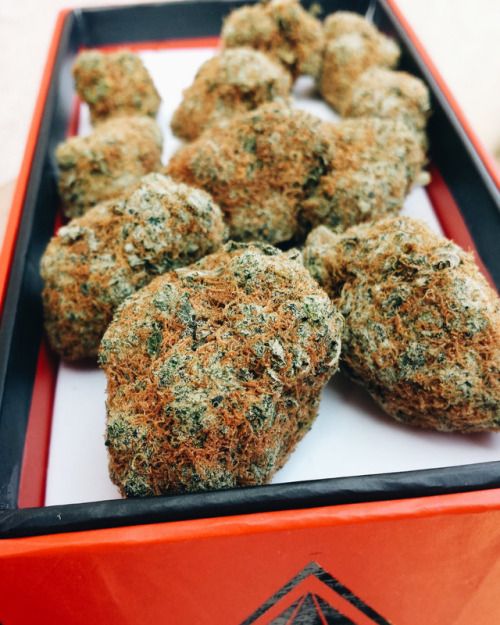Edibles refer to food and drink products that are infused with cannabis. They are a popular and convenient way for people to consume cannabis, offering an alternative to smoking or vaping. In recent years, the market for edibles has grown rapidly as cannabis legalization has expanded in many parts of the world. This comprehensive article will explore the history, types, effects, regulations, and controversies surrounding edibles. Providing a thorough understanding of this increasingly popular form of cannabis consumption.
History of Edibles
The consumption of cannabis-infused edibles can be traced back thousands of years. Ancient texts and archaeological evidence suggest that cannabis has been used in food and drink preparations in various cultures. For medicinal, spiritual, and recreational purposes. In India, for example, “bhang” – a cannabis-infused milk-based drink – has been consumed for centuries during religious festivals and as a traditional remedy.
In more recent history, the modern cannabis edibles industry began to take shape in the 20th century, particularly in the United States. During the counterculture movement of the 1960s and 1970s, cannabis brownies and other homemade edibles gained popularity among those seeking alternative ways to consume the plant. However, it wasn’t until the late 20th and early 21st centuries that commercial cannabis edibles became widely available in regions with legal cannabis markets.

Types of Edibles
Edibles come in a wide variety of forms, allowing consumers to choose products that suit their preferences and dietary needs. Some common types of cannabis-infused edibles include:
- Baked Goods: This category includes cookies, brownies, cakes, and pastries that are infused with cannabis. Baked goods are popular for their familiar and enjoyable flavors. And they can be made with various cannabis extract types, such as cannabutter or cannabis oil.
- Chocolates and Candies: Cannabis-infused chocolates, gummies, hard candies, and other confections are widely available in legal cannabis markets. They offer a discreet and convenient way to consume cannabis, often resembling regular treats in appearance and taste.
- Beverages: Cannabis-infused beverages encompass a wide range of products, including teas, coffees, sodas, and flavored waters. These beverages provide an alternative to traditional smoking and vaping methods. And they offer a discreet way to consume cannabis in social settings.
- Tinctures and Oils: These liquid formulations are often used as sublingual products. Meaning they are administered under the tongue for rapid absorption. Tinctures and oils can also be added to food and drinks, providing versatility in how they are consumed.
- Capsules and Pills: Cannabis-infused capsules and pills provide a precise and controlled method of consumption. They are often formulated with specific cannabinoid ratios and are popular among medical cannabis patients.
Effects of Edibles
The effects of cannabis edibles differ from those of inhaled cannabis due to variations in how the body processes THC, the primary psychoactive compound in cannabis. When cannabis is smoked or vaporized. The effects are typically felt within minutes, reaching their peak within 30 minutes to an hour. In contrast, edibles must be digested before the cannabinoids enter the bloodstream, resulting in a delayed onset of effects.
After consuming an edible, it can take anywhere from 30 minutes to two hours or more to feel the full effects. This delay often leads to novice consumers making the mistake of consuming more than they can handle, as they may not